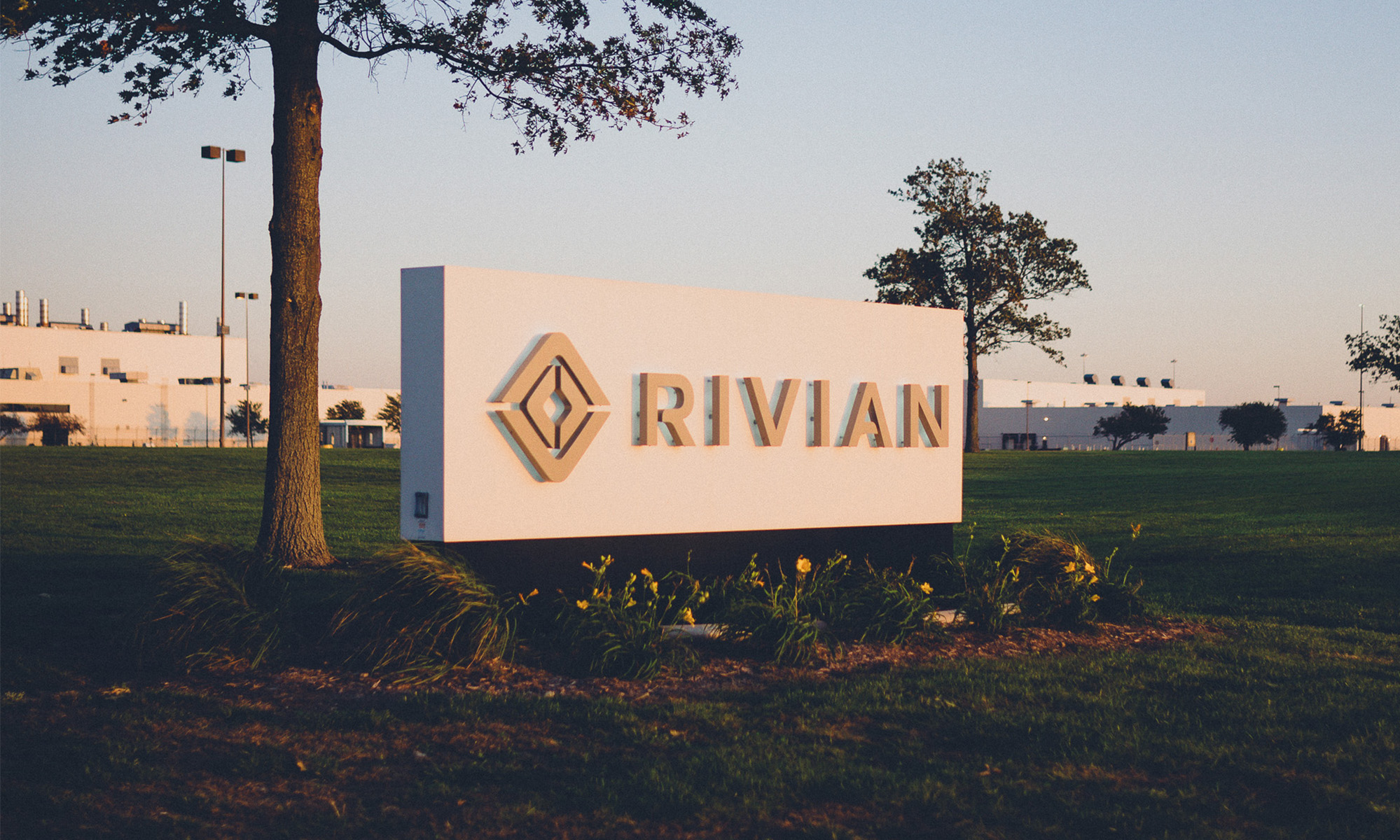It's been five years since America retired its Space Shuttle program. Five years in which American astronauts have been forced to rent rides on Russian rockets for up to $82 million a head. But now, after five long years, the space shuttle program has finally been reborn ...
... in India.

India's Re-usable Launch Vehicle. Image source: Indian Space Research Organisation.
Haven't I seen you somewhere before?
Last week, in an announcement that stole headlines around the world, India announced the first launch of its new "Re-usable Launch Vehicle" (RLV).
A small, currently unmanned Space Shuttle lookalike, India's Space Research Organisation built RLV for just $14.2 million -- less than a quarter the cost of a SpaceX Falcon 9 rocket. RLV's first iteration is a 21-foot long, 1.75-ton prototype that has already proved capable of reaching speeds of Mach 5.0 and heights of 39 miles above Earth's surface, then returning to splash down at a preplanned position in the Bay of Bengal. It's sized at about two-thirds the length of Boeing's (NYSE: BA) military drone space shuttle, the X-37, and about one-sixth the size of NASA's defunct Space Shuttles.
Later versions of RLV will grow in size (and attempt to land on runways). Ultimately, India expects to produce a production version 120 feet in length in 2030. That would be four times the size of Boeing's X-37, but still only about 70% of the size of NASA's Space Shuttle Endeavour.
India's goal in developing RLV is the same goal SpaceX set in building a vertical landing feature into its Falcon 9 rocket. For that matter, it's the same goal NASA set in developing the Space Shuttle: To transition from disposable launch vehicles to a reusable platform, cutting the cost of space launch dramatically -- perhaps by as much as 90%.
Deja vu all over again
Of course, NASA flew 135 shuttle missions over 30 years before cutting short the Space Shuttle program. In all that time, NASA never managed to achieve its own cost cutting goal. In fact, at an average cost of more than $1 billion per launch, the Space Shuttle program was even more expensive than what NASA pays United Launch Alliance for use of disposable Atlas V and Delta IV rockets.
So what are the chances that India's RLV space shuttle will succeed where NASA failed? What are the chances it will succeed where SpaceX is succeeding?
Indian mathematics
I posed this question to Jim Cantrell, CEO of Vector Space Systems, last week. And you may be surprised to hear that, in several respects, Cantrell thinks India may hold an advantage over NASA -- and perhaps even over American private space companies such as SpaceX and United Launch Alliance.
For example, Cantrell points to experience that NASA gained from its Space Shuttle program, and that the Soviet Union gained from its copycat shuttle program. This is experience that India can draw upon to lower its own development costs. Cantrell notes that India's RLV "is similar in size and shape to the X37 and the original Soviet shuttle prototype," inferring "there seems to be some intellectual property bleed over from these two programs." In short, India has a head start in developing its own space shuttle.
Another point in India's favor: Cost. India's cost of operations in space "tend to be 2-3x less than western equivalents," notes Cantrell, a fact owing in part to low "relative labor costs of the Indian labor base." But cheap labor isn't the only factor affecting cost. Cantrell also applauds the "smaller organizational size and less entrenched bureaucracy" at work in India's space program, and the country's "willingness to take risks."
Simply put, India doesn't regulate and test everything to death before flying it. This lack of red tape, says Cantrell, "is a proven factor in lowering the costs."
What works there, works here
Indeed, you can see these same factors at work at SpaceX, probably the most famous place Cantrell worked prior to setting up Vector Space Systems. Historically at least, SpaceX has relied primarily on commercial space launches for its revenues -- a business with less regulatory constraint than the business of launching satellites for the U.S. government and military.
This lack of red tape (plus small size, lack of bureaucracy, and certainly a "willingness to take risks") all help explain how SpaceX is able to charge prices as little as one-third of what United Launch Alliance charges -- and beginning to steal work away from its larger rival.
Bringing the argument home to investors
Will these factors, which help SpaceX beat ULA, now turn around and enable low-labor-cost India to beat SpaceX at its own game? Will they turn India into yet another low-cost competitor for ULA itself? That depends.
As Cantrell explains, probably the biggest factor affecting launch cost in a reusable rockets program is the ability to launch and reuse the rockets often. A company needs quick turnaround time, and multiple launches per year (and even per month), to spread out development and production costs as thinly as possible, and drive average launch costs down.
At Vector Space, Cantrell targets as many as 100 rocket launches a year to maximize the efficiencies of rocket reuse. That's twice what NASA targeted for Space Shuttle (which was supposed to fly 50 times a year). It's 10 times the 10 flights-per-year Space Shuttle actually accomplished.
And it's about 100x more flights than India has so far accomplished with its prototype RLV.
So can India underprice SpaceX?
India hopes to have RLV operational and flying by 2030. If it succeeds in that task, and in driving down its own already-low launch costs by 90%, then there's a very real possibility that by 2030, India will be able to launch satellites for less than the $62 million SpaceX charges today. Of course, by 2030, SpaceX's own launch costs will probably be even cheaper -- and SpaceX will be landing people on Mars.
Then again, if this is how things play out, I'd say that would be a victory for both India and for SpaceX.
While India is busy building shuttles to orbit Earth, SpaceX is hatching plans to occupy Mars. Image source: SpaceX.







